The epic journey of Prochlorococcus microbes: from wetlands to conquering the oceans
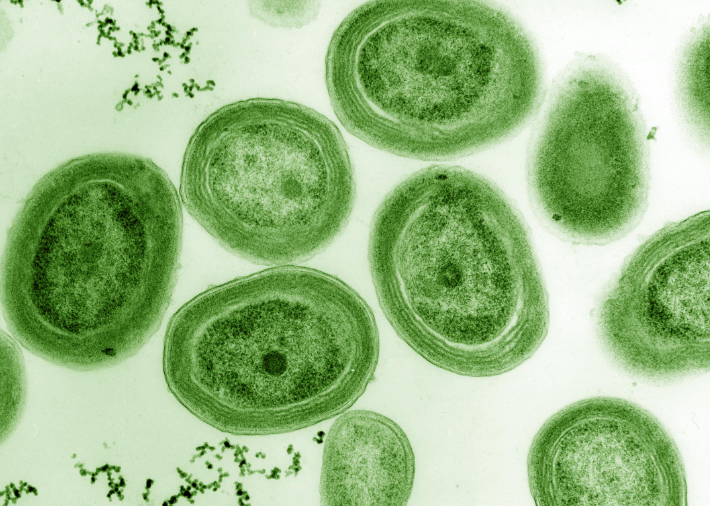
Did you know that in our vast ocean there is an invisible floating forest made up of billions of plant-like microbes? These tiny organisms, called phytoplankton, are like the superheroes of photosynthesis, soaking up tons of carbon dioxide and helping balance our planet. And, among all of them, there is a special protagonist: Prochlorococcus! But as it turns out, he wasn’t always the champion of the oceans, in his days of yore, his ancestors preferred to stay near shorelines, enjoying the comforts of nutrient and microbial communities on the seafloor.
So how did these ancient coastal dwellers become the kings of the open ocean that they are today? MIT scientists have an amazing theory: rafting was the key! Just imagine the ancestors of Prochlorococcus getting on a makeshift raft, but not a run-of-the-mill raft, but one made of chitin! Yes, that same substance that comes from the discarded exoskeletons of insects and crustaceans, these daring microbes latched on to passing chitin particles, using them as their means of transportation into the unknown. It was like they were surfing the ocean in their chitin rafts! And not only that, my friends; these rafts not only provided them with transportation, but also essential nutrients to feed and survive on their journey, over time, generation after generation, these microbes grew stronger and developed new abilities to adapt to the open ocean and thus, my friends, the emerald-tinted free-floating Prochlorococcus we know today was born.
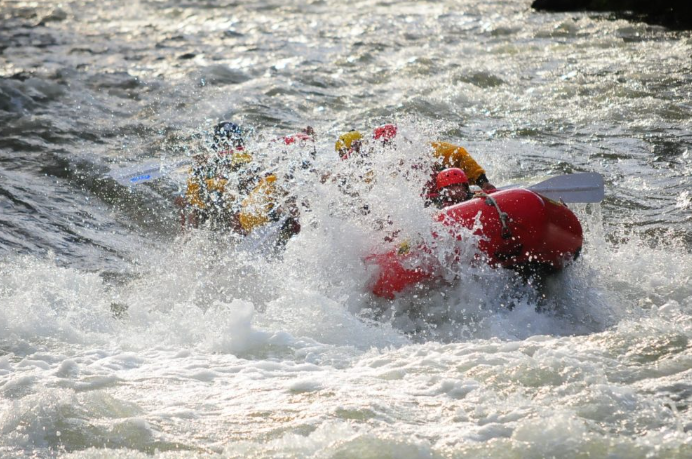
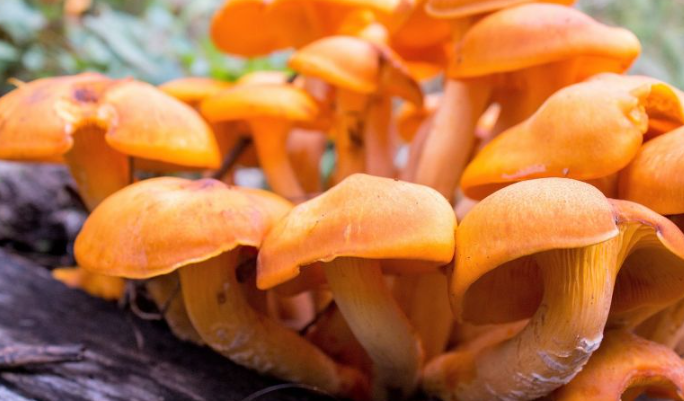
Now, guys, there’s something curious about Prochlorococcus. It is one of the smallest photosynthetic organisms on the planet and has a special talent: it can adapt and use different strategies to capture carbon and grow. It’s a microscopic chameleon! But here comes the funny thing: some Prochlorococcus are like those folks who have more than one trick up their sleeves, when sunlight is scarce, these microbes become “mixotrophic” and use a combination of tricks to feed themselves. But here comes the strangest thing: scientists discovered that some strains of Prochlorococcus had a special gene to break down chitin. What an unexpected ability! They decided to investigate further and ran experiments in the lab, it turns out that these microbes can actually break down chitin, and to everyone’s surprise, only those adapted to low light seemed to benefit from this ability. As if they were enjoying a gourmet feast in the dark!
Isn’t it amazing how ecosystems evolve together? The advent of chitin and the ability of Prochlorococcus to harness it opened the door to a new era in the ocean. Can you imagine a world without these oceans teeming with life? It’s hard to conceive! Thanks to these adventurous microbes and their raft of chitin, they seeded the birth of modern marine ecosystems. Well guys, I hope you enjoyed this amazing journey with our microscopic friends. Who would say that a raft of chitin could change the history of our planet? Always remember that nature is full of surprises and even the tiniest beings can have a huge impact. Until the next adventure in the microscopic realm!
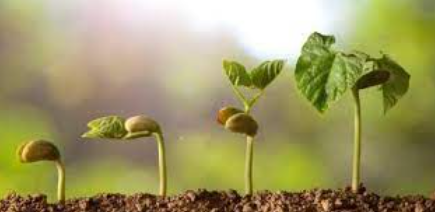
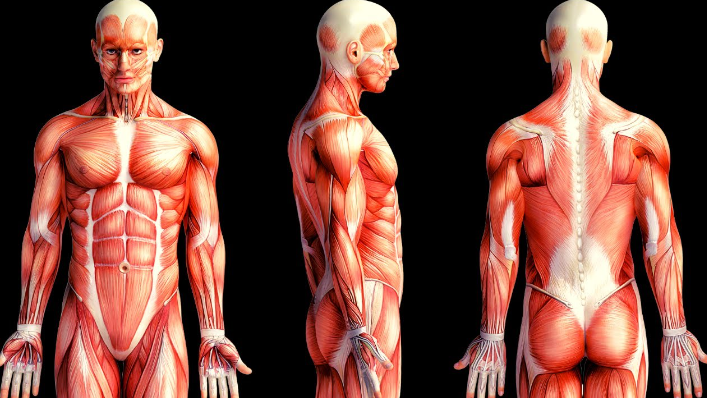
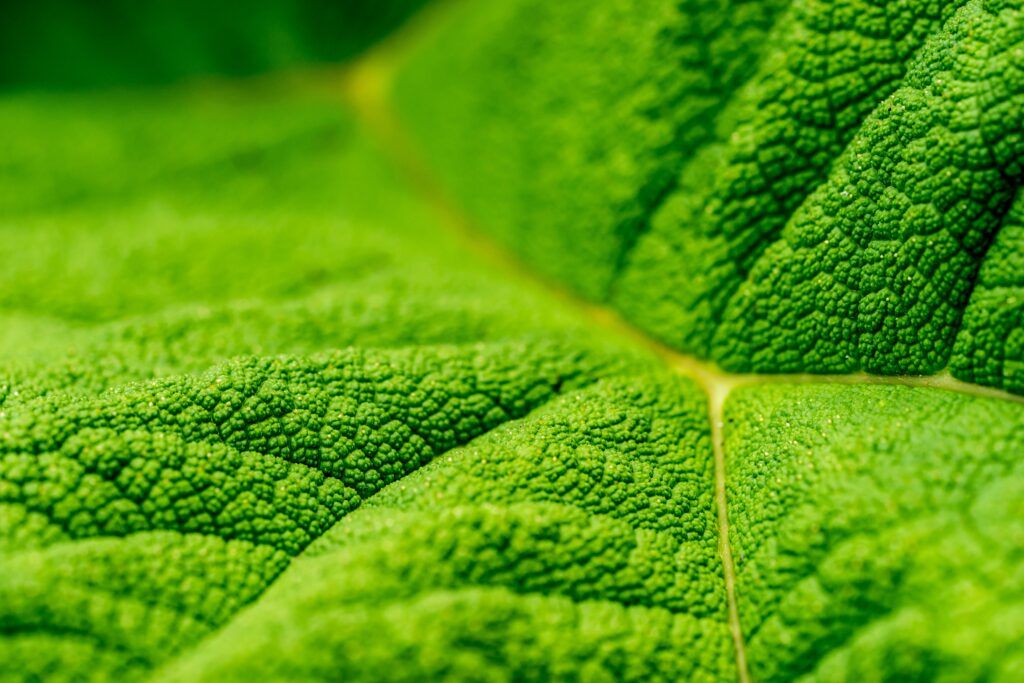
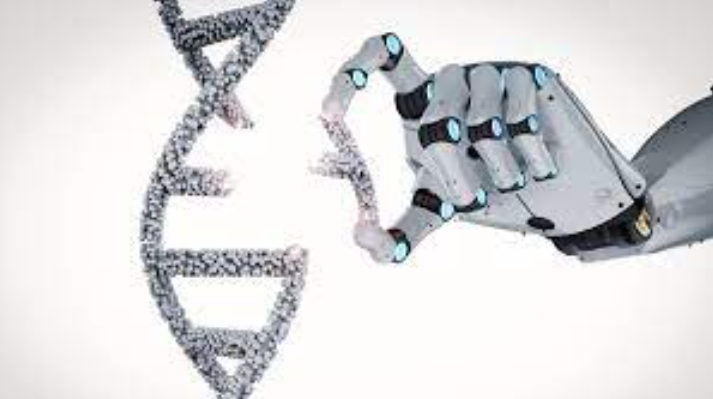
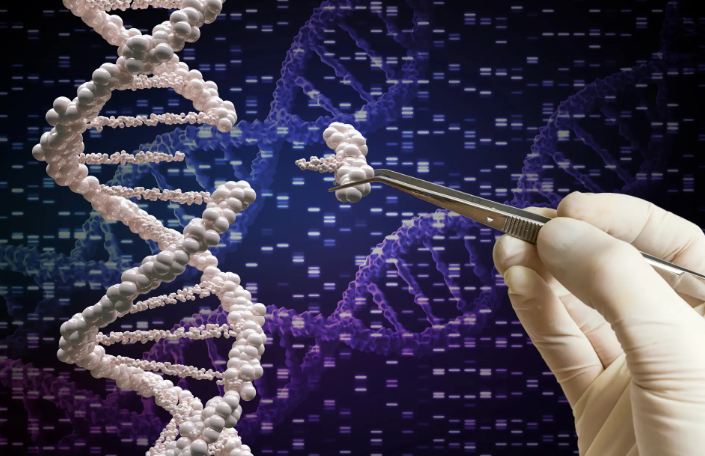
Responses